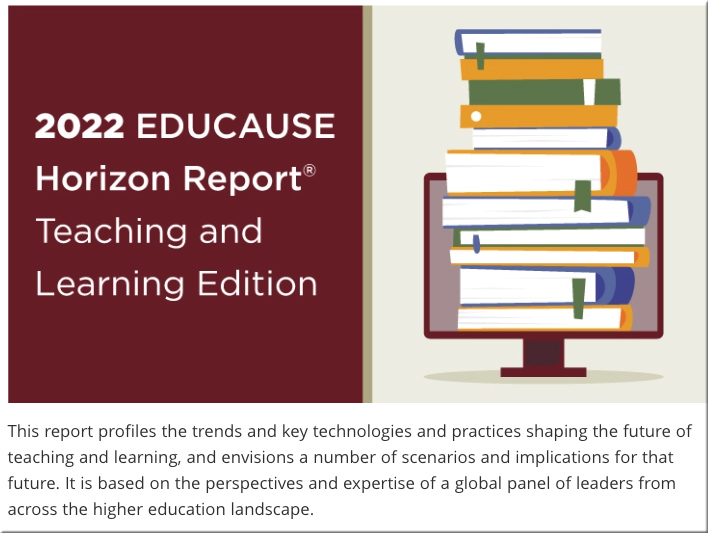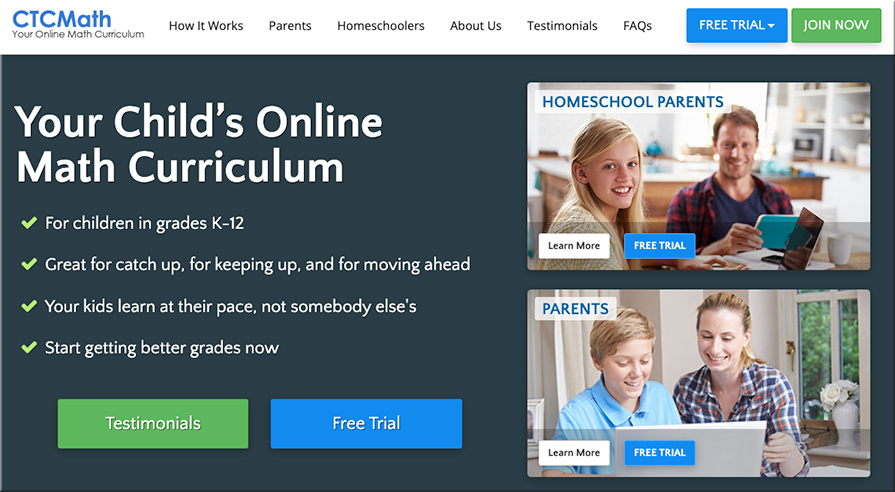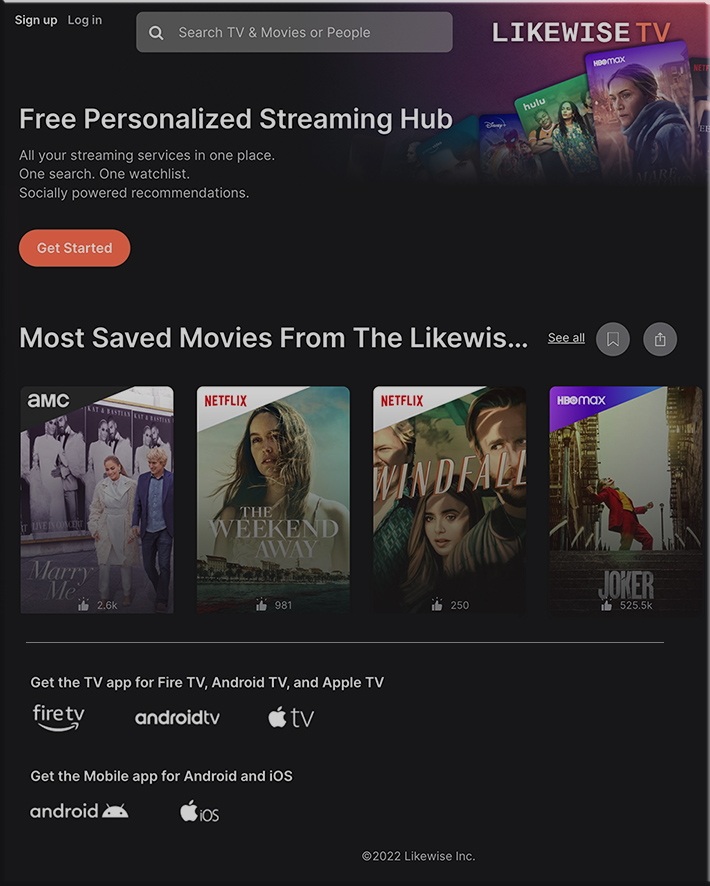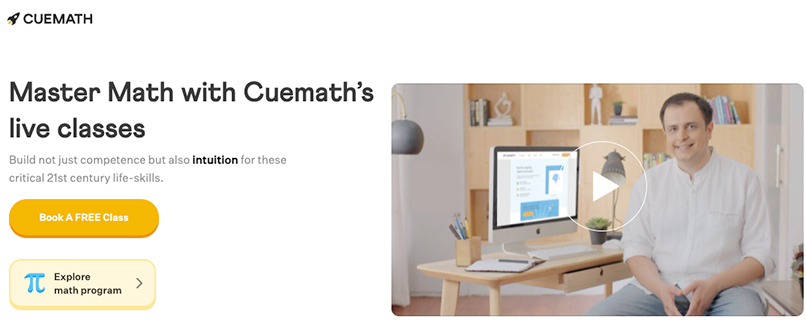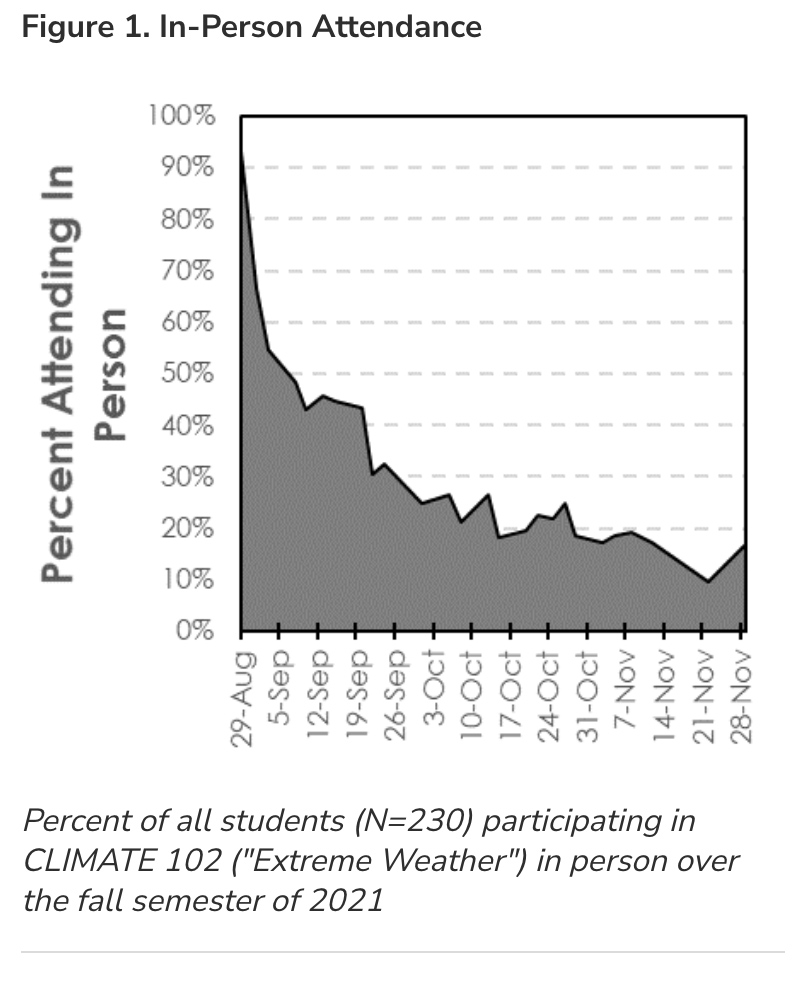2022 EDUCAUSE Horizon Report | Teaching and Learning Edition — from library.educause.edu
Sections include:
- Trends: Scanning the Horizon
- Key Technologies & Practices
- Scenarios
- Implications: What Do We Do Now?
Also relevant/see:
Also relevant/see:
2022 Educause Horizon Report Suggests Change Is Here to Stay; No Return to ‘Normal’ — from campustechnology.com by Rhea Kelly
Excerpt:
If the COVID-19 pandemic has been a time of unprecedented change in higher education — characterized by rapid pivots to remote work and learning and an explosion in the use of technology across the institution — the future is about reframing those changes into long-term realities, according to the 2022 Educause Horizon Report Teaching and Learning Edition, released this week. Colleges and universities are shifting their mindsets to “reflect an evolution from short-term ’emergency’ or ‘reactive’ modes of offering education during extraordinary circumstances to making strategic and sustainable investments in a future that will be very much unlike our past,” the report suggested.
6 Technologies and Practices Impacting the Future of Higher Education — from campustechnology.com by Rhea Kelly









